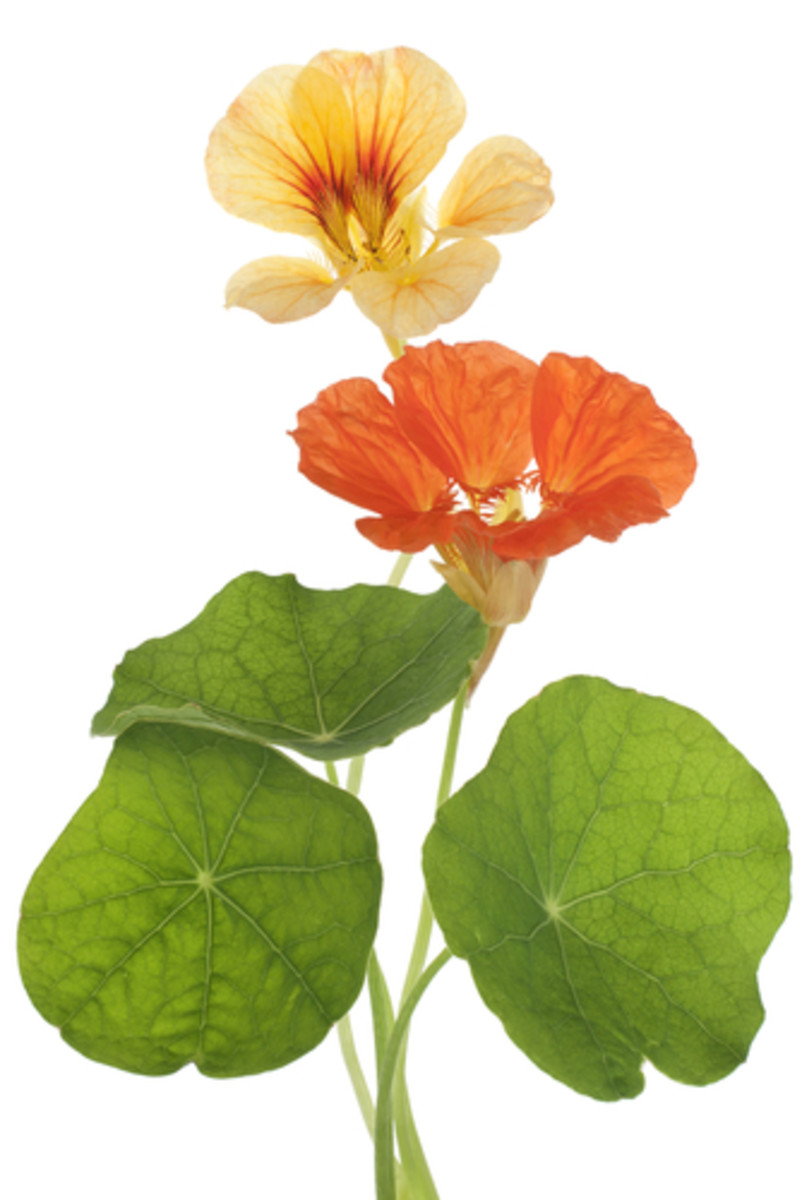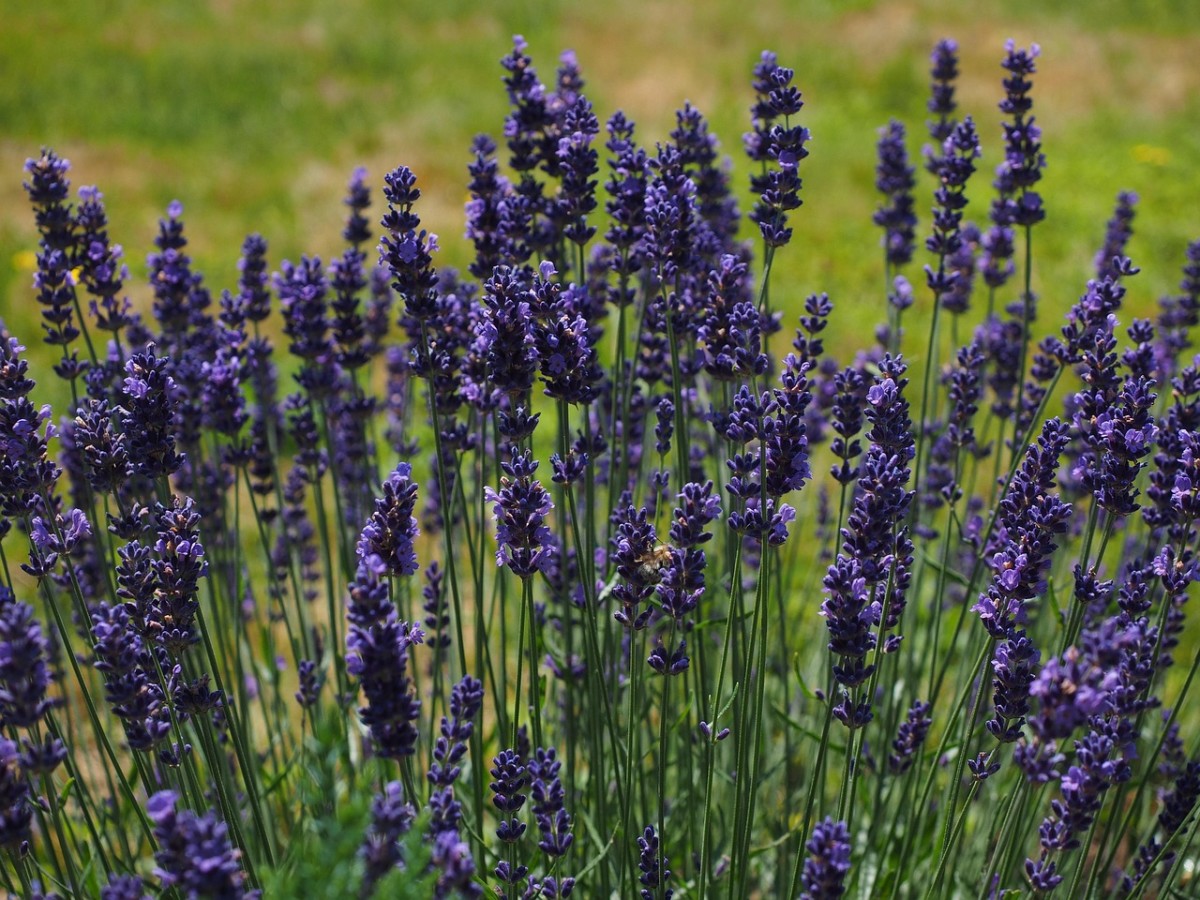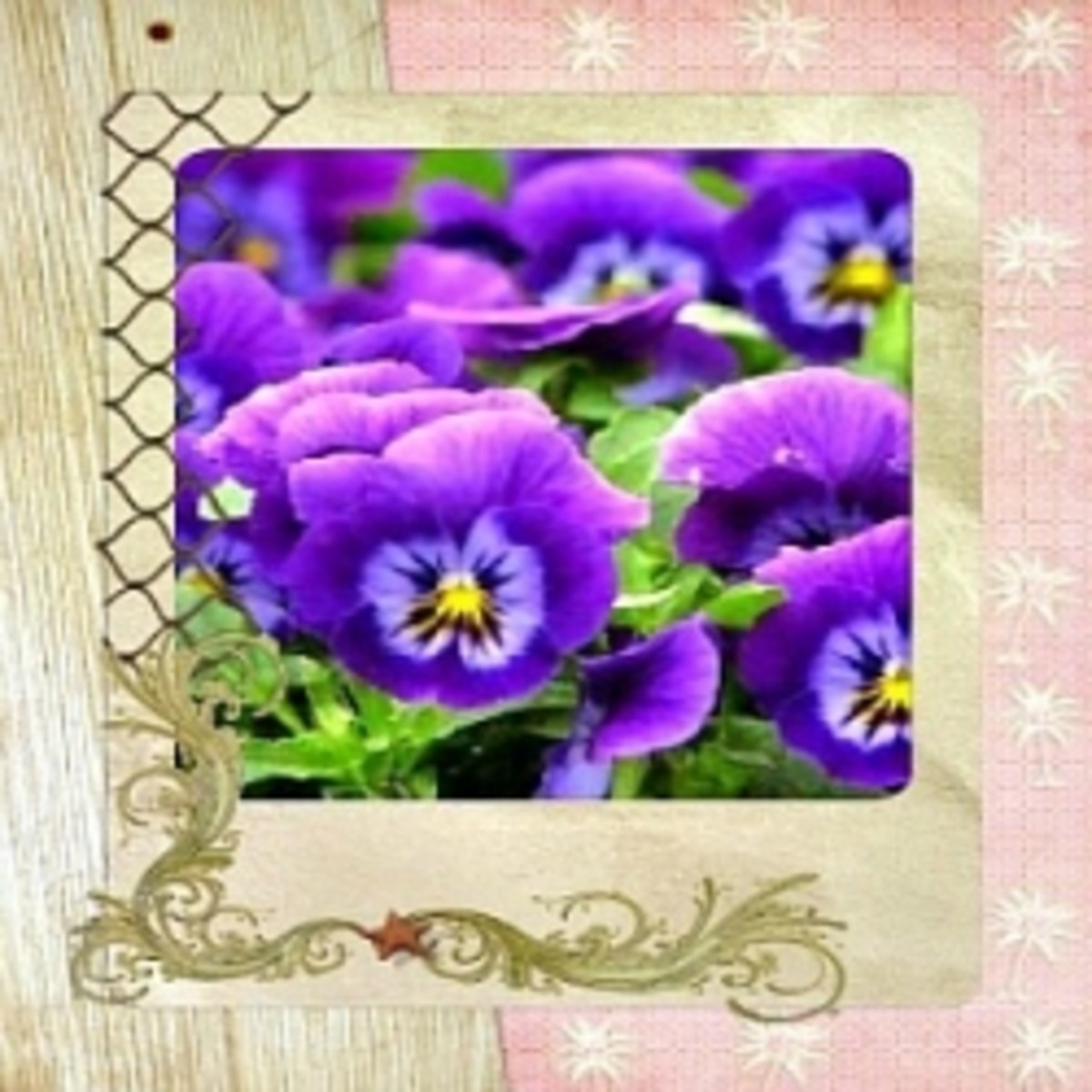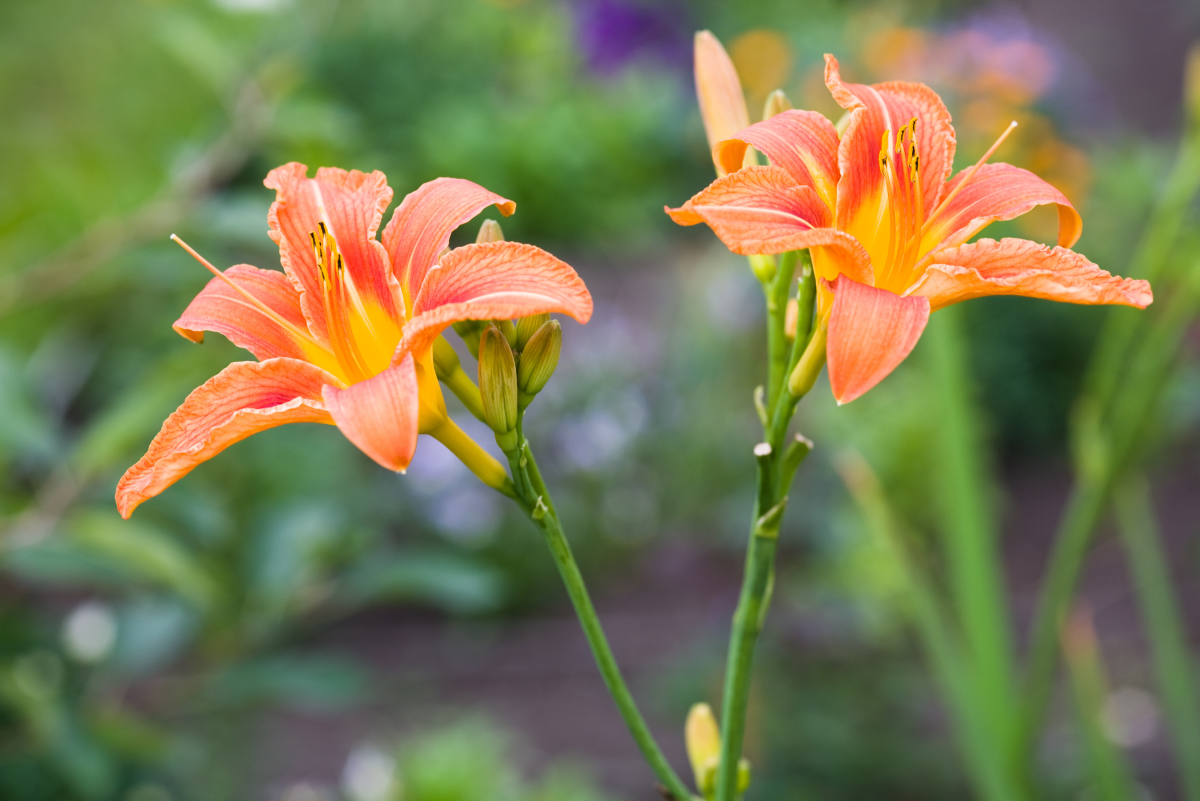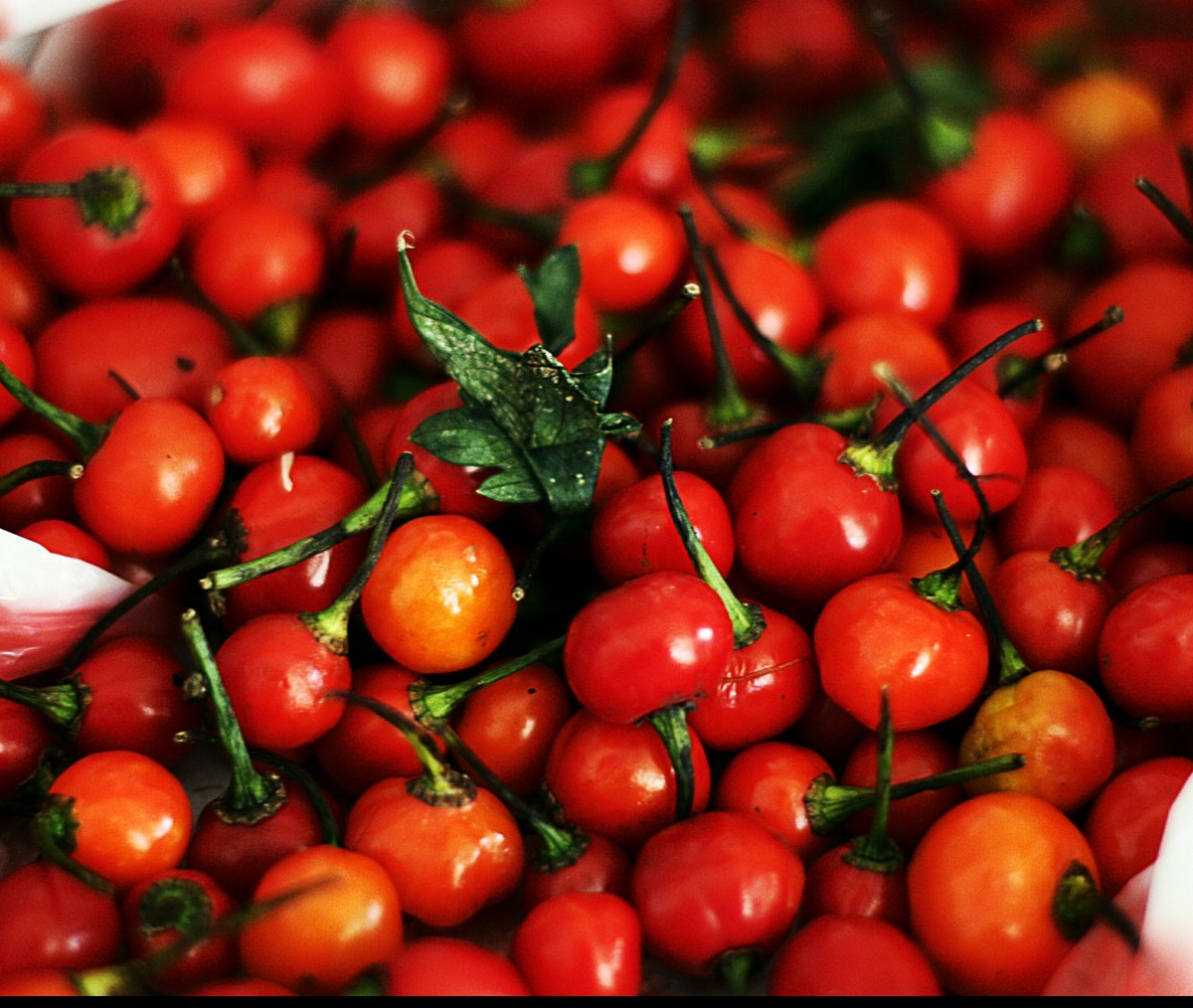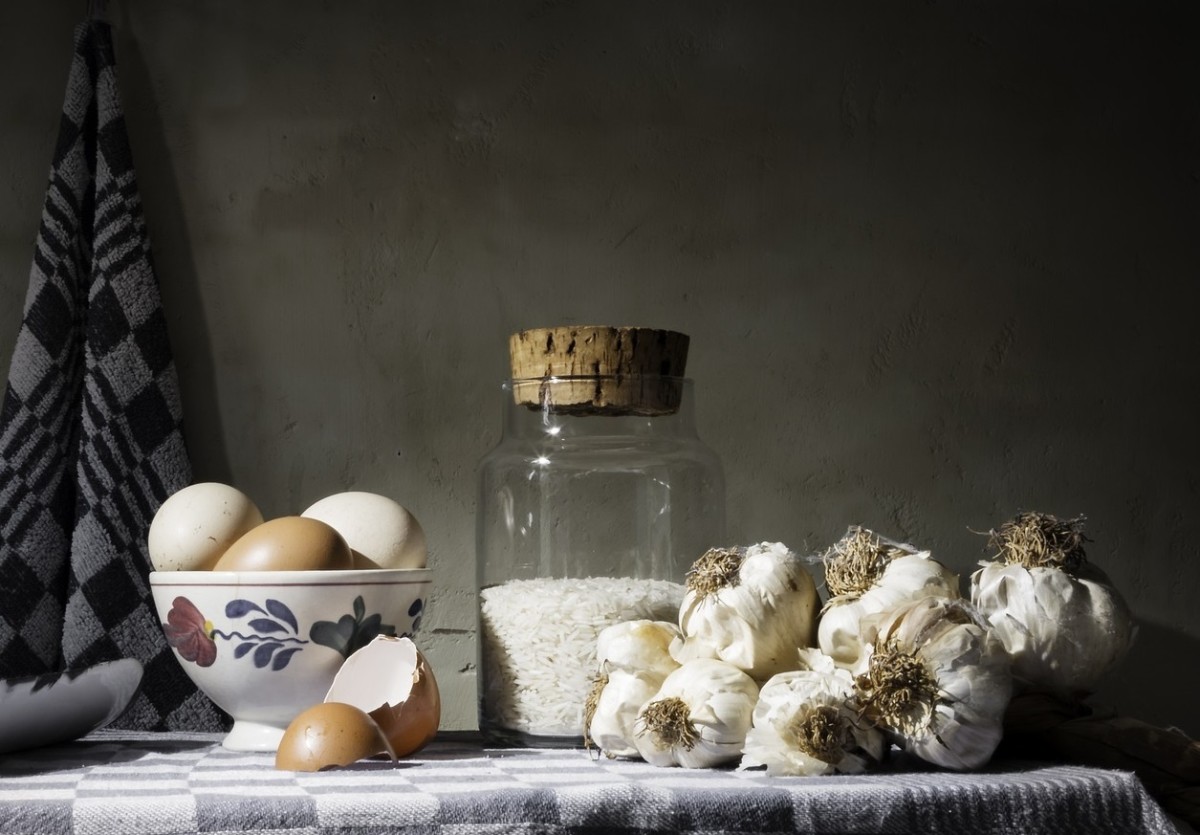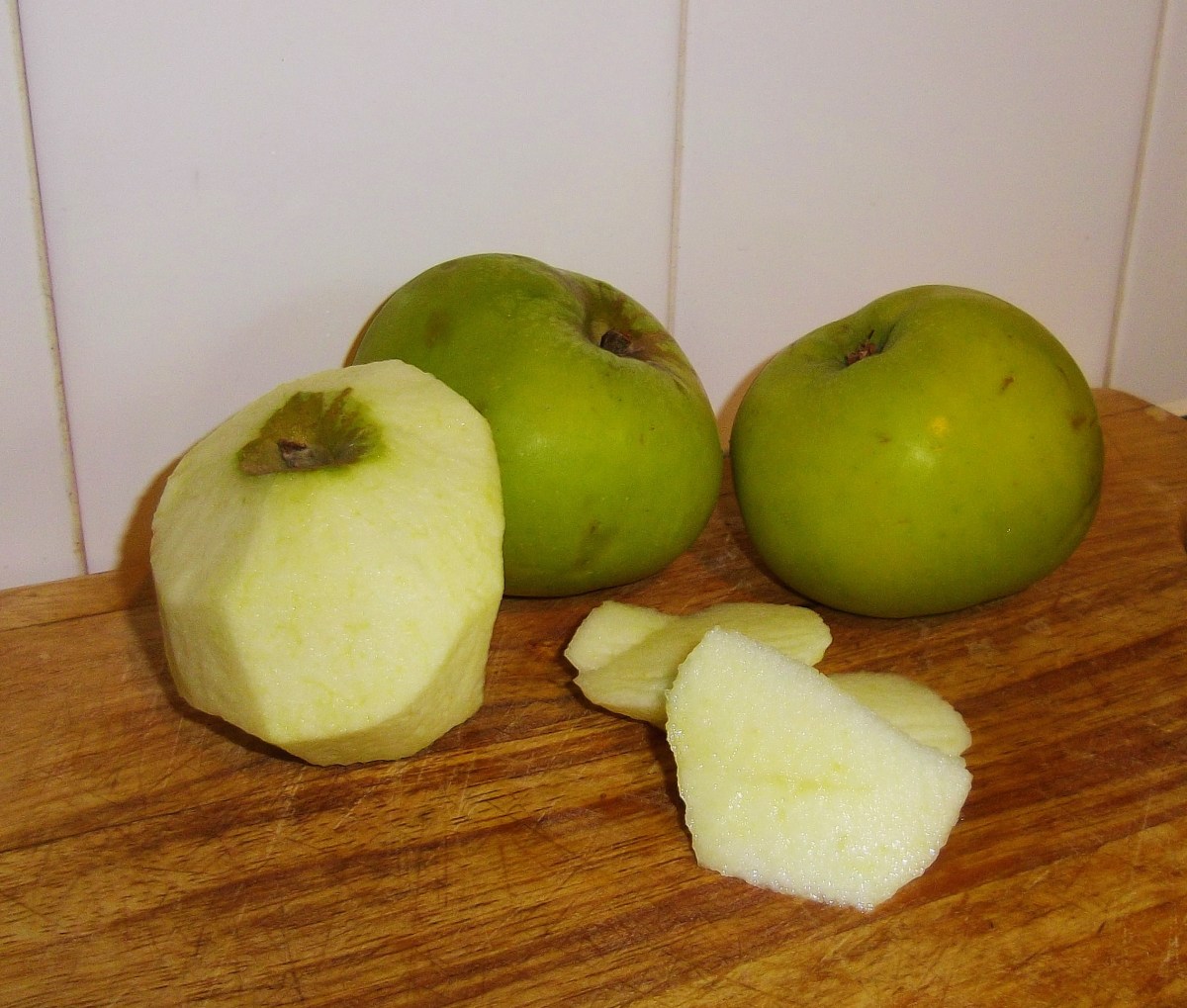What Are Edible Flowers?
Growing Your Own Edible Flowers For The Garden And The Kitchen
There are flowers that you can grow that not only will add colour and character to your garden but can be eaten as well. These flowers can be used for decoration, to add colour and flavour to recipes, on salads, and as a meal itself. The trick to using flowers as food is not to over do it with the amounts used. Many flowers can be safely eaten, the trick is knowing which ones are safe and which should be avoided. Here are six flowers that are attractive to grow and great to eat:
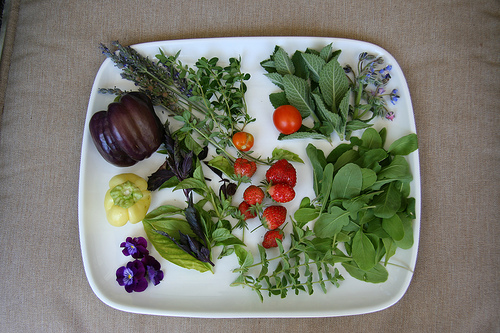

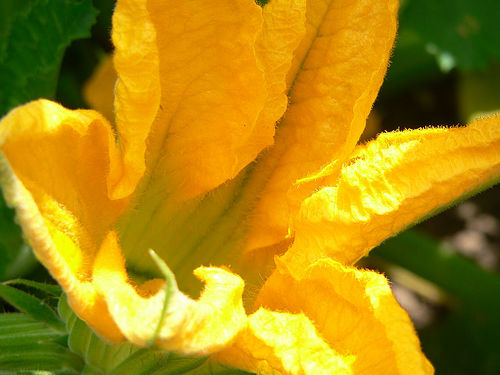
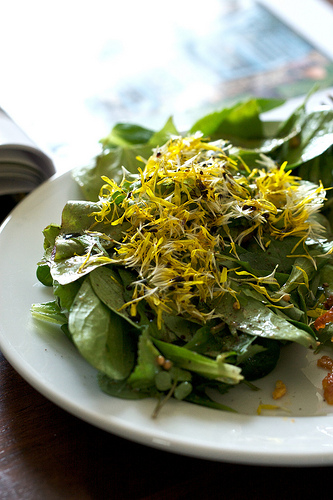
The flowers
Nasturtium. One of the more commonly known flowers that can be eaten. This annual climber is easy to grow, and the flowers are a wonderful variety of red, orange and yellows in colour. Their fresh colours make them ideal in salads. The flowers and the seeds can be eaten.
Lavender. This herb, related to mint, is ideal for adding colour and flavour to biscuits, cookies, ice-cream and breads. With its strong aroma and flavour, a little goes a long way, so experiment with small amounts, and add more as required. The stems and leaves can be used as a substitute to rosemary. Use the flowers when they are young and fresh, or alternatively lavender can be dried and stored for use out of season.
Courgette. Most people will know how tasty courgettes or zucchinis are but how many realise that the flowers can be eaten as well. Courgette flowers work well being deep fried in a light batter, tempura style, as well as for decoration.
Marigold. A favourite in many a garden, the humble marigold’s petals make a delightful garnish to salads, adding a burst of colour. As well as looking good in the flower garden, marigolds are often used by vegetable growers to protect their greens as they are known to deter aphids.
Pansy. Pansies are used in cooking for their decorative qualities. They are ideal for a simple garnish, added to salads, or in cake decoration. Pansies can be either spring or winter flowering, making them ideal for adding colour to cooking throughout the year.
Dandelion. Regarded as a weed, the dandelion is a great source of food. The flowers, leaves and roots can all be eaten. There are many medicinal claims for the benefits of eating dandelions including being a diuretic. The leaves should be eaten when they are young, as they tend to become too bitter as they age, and make a great alternative to spinach. The root can be ground and used as a substitute for coffee and the leaves can be used in salads or as a plate garnish.
These are just a few of the many different edible flowers that will add interest to your meals, as well as your garden.
A word of caution
Be careful not to eat these flowers if you do not know if they have been fed, treated or exposed to harmful chemicals or pollutants, or if you are unsure if you have a sensitivity to them.
Have you ever eaten an edible flower?
- How To Choose The Right Vegetables For Container Gro...
It can be surprising how many fruit, vegetables and herbs will not only grow in pots and containers but actually thrive in them. The key is choosing the correct types and varieties. These tips and advice will help you successfully grow your own food. - Know The Basics of Growing Your Own Vegetables In Po...
Growing your own vegetables has many advantages. The produce is much fresher and cheaper than anything that can be bought in the shops. It's enjoyable to do, and if you use pots and containers to grow your vegetables in, you don't need a lot of space - Growing Vegetables In Pots: How To Grow Salad Leaves
Salad leaves grown at home cost a fraction of the price and will always be fresher than anything purchased from the shops. They are easy to grow, making them a great choice for the veg growing novice. - How To Choose Suitable Containers For Growing Fruit ...
There are many benefits to growing your own fruit, vegetables and herbs in pots and containers. Here are tips and advice on how to choose suitable pots and containers, to produce the best results.


